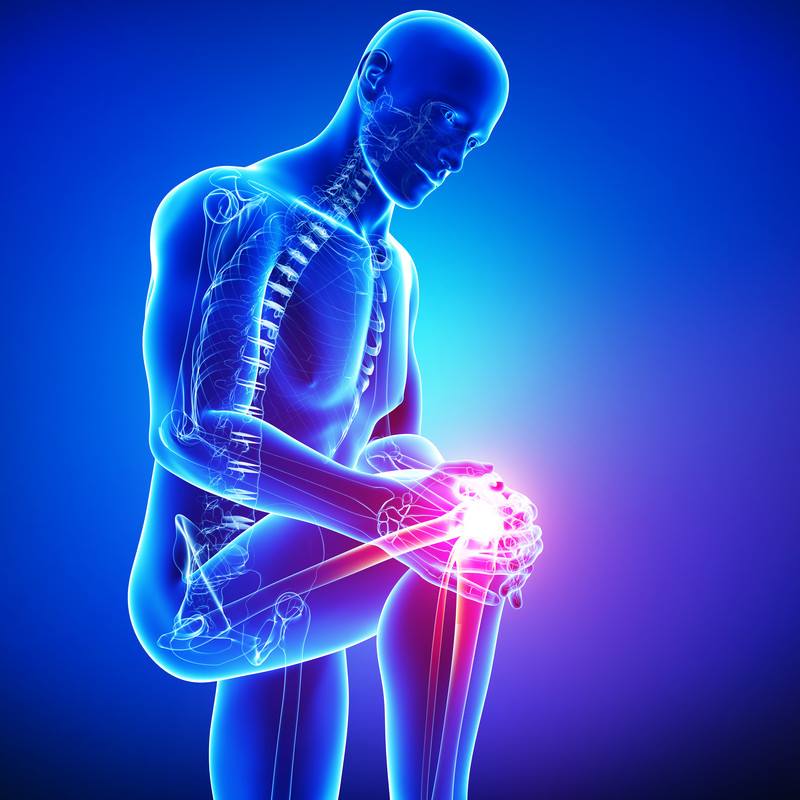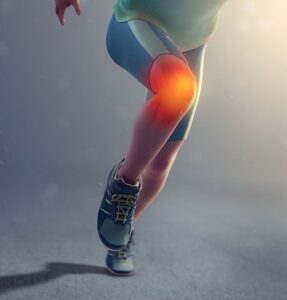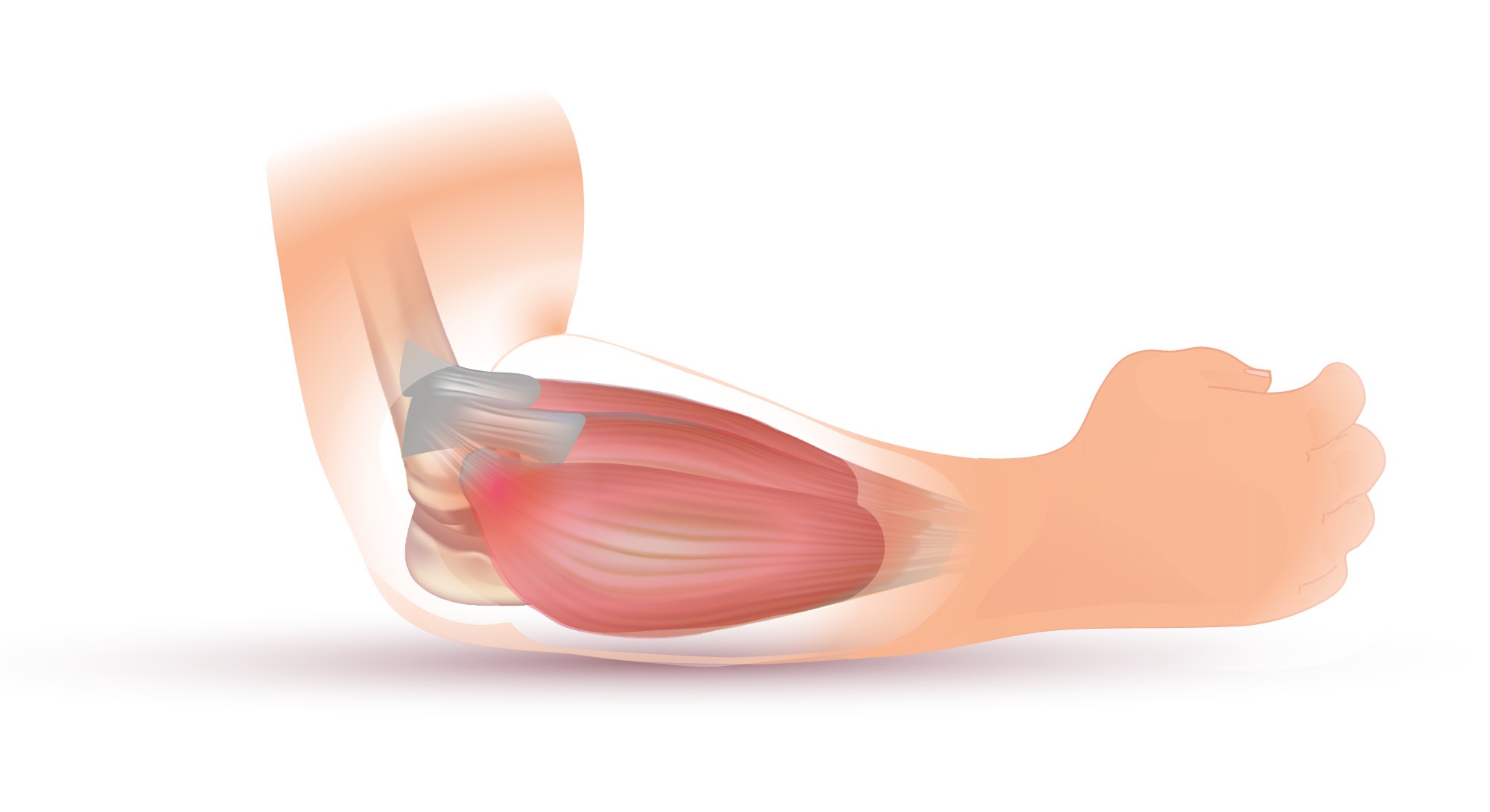
Facts About Tendinitis
Tendinitis is the swelling of a tendon, the flexible band of fibrous tissue that connects muscles to bones. It is a common condition that most often affects the shoulder, elbow, wrist, hip, knee, or ankle.
Who Gets Tendinitis?
People such as carpenters, gardeners, musicians, and athletes who perform activities that require repetitive motions or place stress on joints are at higher risk for tendinitis. Since tendons become less flexible as you age, you are more likely to get tendinitis as you get older.
Types of Tendinitis
Some types of tendinitis are named after the activities that often cause them. Here are some common examples:
- Tennis elbow, or lateral epicondylitis, which is an injury to the outer elbow tendon, often caused by repetitive wrist turning or hand gripping.
- Golfer’s elbow, or medial epicondylitis, which is an injury to the inner elbow tendon, often caused by repetitive wrist turning or hand gripping.
- Biceps tendinitis, which causes pain in the front or side of the shoulder that may travel down the arm, and sometimes pain when the arm is raised overhead.
- Rotator cuff tendinitis, which causes pain at the tip of the shoulder and the upper, outer arm; pain may become worse when reaching, pushing, pulling, lifting, raising the arm, or lying on the shoulder.
- Jumper’s knee, more common among people who play sports that require jumping, such as basketball, which causes the knee tendon to become inflamed or tear from overuse. Achilles tendinitis, which is tendinitis in the tendon on the back of the heel.
Symptoms of Tendinitis
Tendinitis typically causes pain just outside your joint, especially when you move it, and swelling.
Causes of Tendinitis
Tendinitis is usually caused by repetitive motions or injuries. An infection, arthritis, gout, thyroid disease, or diabetes can also cause tendinitis.
Diagnosis of Tendinitis
To diagnose tendinitis, your doctor will probably ask questions about your medical history and examine you. You will probably be asked to describe your joint pain and the circumstances in which it occurs. The location and onset of pain, whether your pain varies in severity throughout the day, and factors that relieve or aggravate your pain may all help your doctor determine whether tendinitis is causing your pain.
Your doctor may also do manual examinations of the joint to see which tendon is inflamed. They may also recommend x-rays, which do not show the tendons, but which may help rule out other problems. A magnetic resonance imaging test (MRI) can show whether the tendons are inflamed. Your doctor may also remove and test fluid from the inflamed area to rule out infection.
Treatment of Tendinitis
Treating tendinitis can reduce pain and swelling. Some common treatments include:
- Resting and elevating the injured area.
- Limiting your activity, in order to reduce further injury.
Taking medicines that will reduce swelling, such as aspirin, naproxen, or ibuprofen. - Gentle stretching and strengthening exercises.Applying compression to the injured area.
- Soft tissue massage.
- Putting a brace, splint, or band on the injured joint.
Your doctor may also recommend ice for sudden, severe injuries, but most cases of tendinitis are long term, and ice does not help.
If your tendinitis does not improve, your doctor may inject a corticosteroid medicine into the area surrounding the inflamed tendon. Although these injections are common, they must be used with caution because they can lead to weakening or rupture of tendons, especially weight-bearing tendons in your ankles, feet, and knees.
If your tendon is completely torn, you may need surgery. If your tendon is partially or completely torn, you may also need several months of rehabilitation and exercises to restore your strength and prevent further injury.
Who Treats Tendinitis?
Diagnosing and treating tendinitis is a team effort involving you and several types of health care professionals. Depending on the severity of the condition, these may include:
- A primary care physician.
- Physical therapists, who help to improve joint function.
- Orthopaedists, who specialize in the treatment of, and surgery for, bone and joint diseases or injuries.
- Rheumatologists, who specialize in arthritis and other diseases of the bones, joints, and muscles.
Prevention of Tendinitis
Here are some tips to prevent inflammation and protect your joints:
- Exercise regularly.
- Begin new activities or exercise regimens slowly. Gradually increase physical demands following several well-tolerated exercise sessions.
- Take breaks from repetitive tasks often.
- Use two hands to hold heavy tools; use a two-handed backhand in tennis.
- Don’t sit still for long periods.
- Practice good posture and position the body properly when going about your daily activities. Strengthen muscles around the joint.
Stop activities that cause pain. - Cushion the affected joint. Use foam for kneeling, or elbow pads. Increase the gripping surface of tools with gloves or padding. Apply grip tape or an oversized grip to golf clubs. Consider seeking guidance from your doctor or physical therapist before starting new exercises and activities.
If you’re exhibiting symptoms of tendinitis, contact Orthopedic Performance Institute in San Antonio or Boerne at (210) 545-7171 for an appointment.

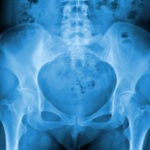 Previous Post
Previous Post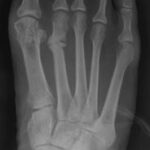 Next Post
Next Post